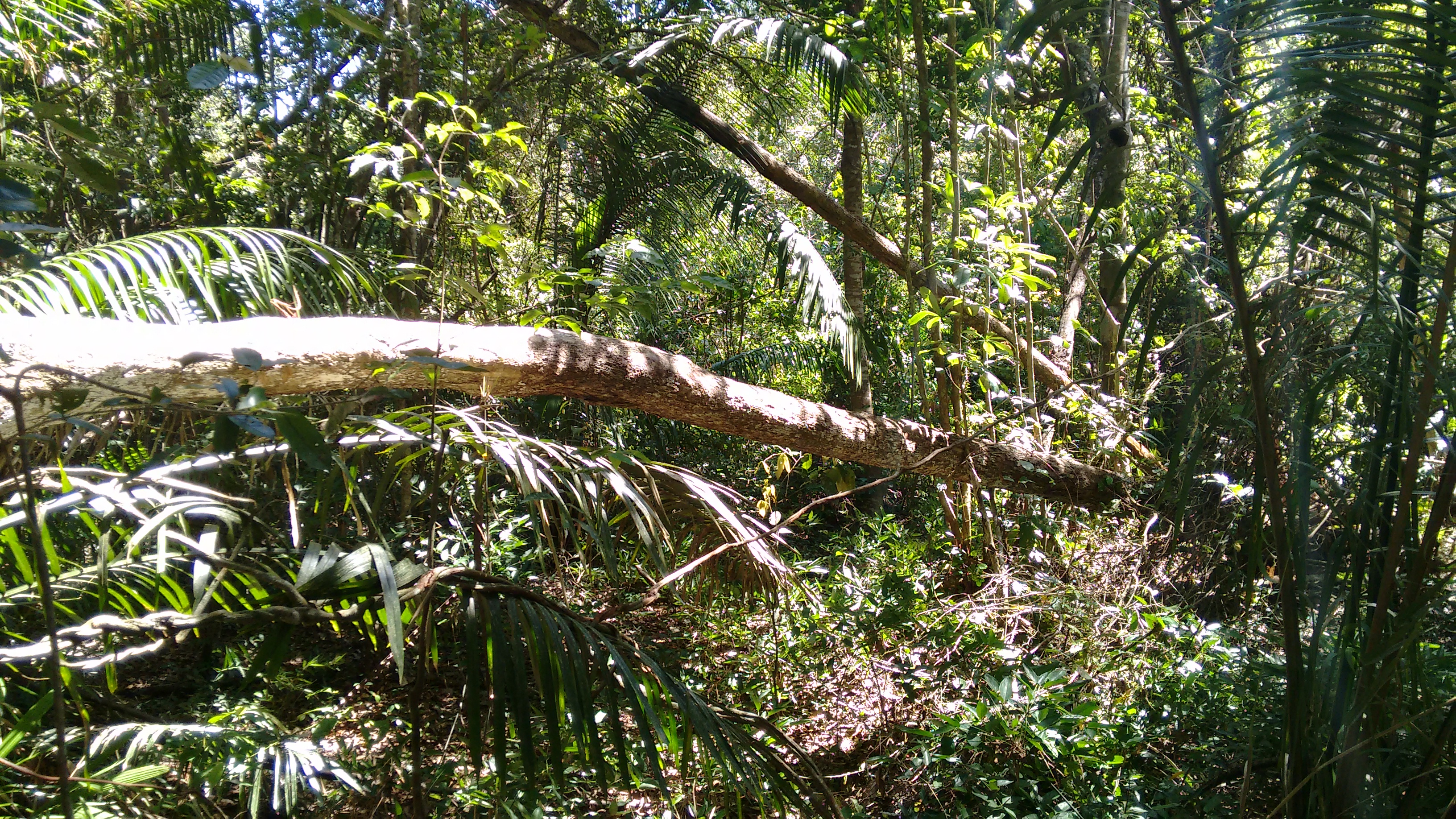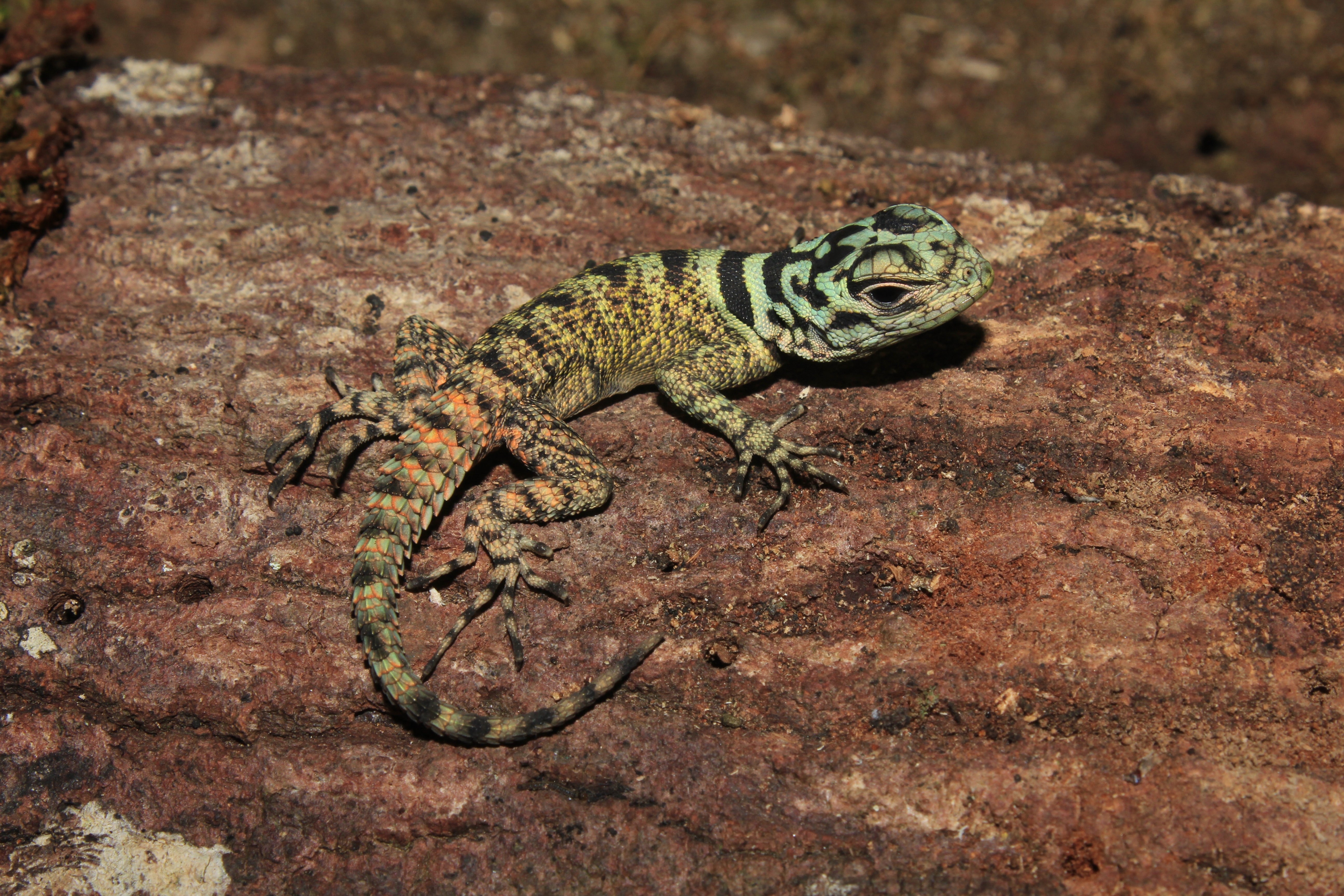AH News: Disclosing the Parasitology of Strobilurus Torquatus
Lizards can be found in very diverse habitats, span a tremendous range of different sizes, and differ in their trophic interactions and reproductive biology. Therefore, they represent a perfect model for studying ecological interactions and co-evolution with parasites. The composition of parasite communities is indeed affected by the biology of their hosts, as well as by environmental factors, including temperature and precipitation.
The spiny-tailed lizard, Strobilurus torquatus, is a diurnal, arboreal, and insectivorous lizard inhabiting the coastal Atlantic Forest of Brazil. Due to its low abundance, little is known about its ecology, biology, and parasitology. From September 2016 to July 2017, Giovana Dias Silva and co-authors captured 33 spiny-tailed lizards, either manually or using pitfalls, in the Engenho Gargaú Private Reserve of Natural Heritage (PRNHEG) in Northeastern Brazil.

Ph.: A picture of the PRNHEG. Courtesy of Dr. Adonias Teixeira
The collected lizards were euthanized, measured, weighed, sexed, and dissected. The lungs and digestive tracts of each lizard were analyzed for endoparasites. The parasites were collected, counted, and identified; generalized linear models were applied to verify if parasite load was affected by host characteristics (sex and size) and environmental conditions. In addition, the authors inspected the stomach content of each lizard to identify prey items and describe the trophic ecology of Strobilurus torquatus.

Ph.: Strobilurus torquatus. Courtesy of Dr. Adonias Teixeira
Thirty lizards were found to be parasitized by three species of nematodes and one species of digenean trematode. Longer and heavier individuals had a higher parasitic load; this may be explained by the fact that larger lizards provide parasites with a bigger habitat and more abundant resources. The authors also found that males were more heavily parasitized than females: the two sexes differ in behavior and physiology, and such differences might make males more susceptible than females to infection. However, the difference in parasite load does not seem to be affected by sex-specific diet. In the population under study, indeed, males and females showed similar diets, dominated by Formicidae, throughout the year. The paper also provides information about the seasonality of parasitic infection. In particular, endoparasites were more common during the rainy season, which probably provides the parasites with better environmental conditions for their development.
To find out more about the parasitology of Strobilurus torquatus, read a preview of the full paper here.
See you in two weeks!
